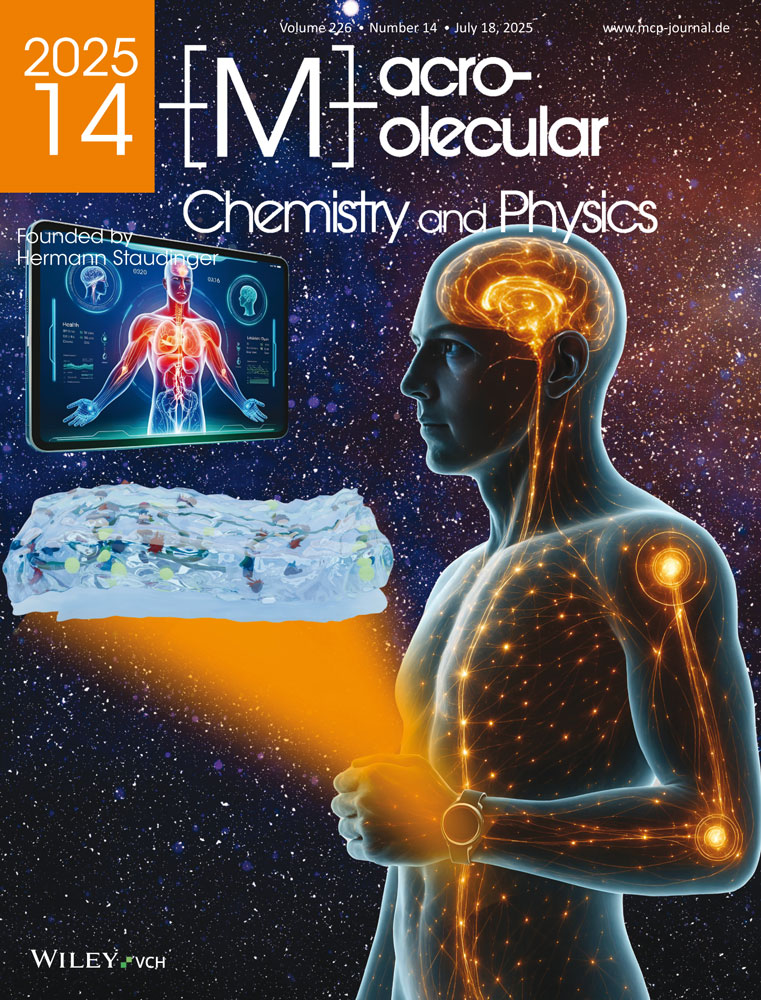Polymerization of sodium 10-undecenoate under irradiation of UV light
Abstract
The polymerization of sodium 10-undecenoate (UA-Na) under irradiation of UV light was found to proceed effectively in a certain concentration range of UA-Na. Based on the viscosity behavior of UA-Na aqueous solutions, the effective polymerization is related to the formation of a specific type of micelle, which enhances the rate of chain propagation by localization of the double bonds of UA-Na molecules within the micelle core. Weight-average (M̄w) and number-average (M̄n) molecular weights of the polymer are in the ranges of 3400–1900 and 2350–1300, respectively, depending on the concentration of UA-Na in the polymerization system. Distribution of the molecular weight of poly(UA-Na) is rather narrow for a radical polymerization (M̄w/M̄n ≈ 1,4). It was found that the maximum amount of benzene soluble in the aqueous solution of poly(UA-Na) is smaller than in the aqueous solution of UA-Na, and that poly(UA-Na) can solubilize benzene already at very low concentration.




